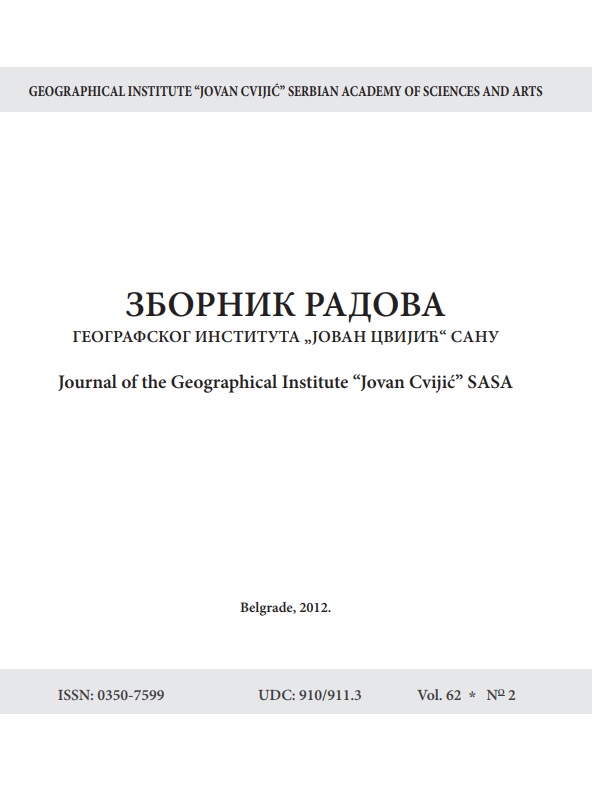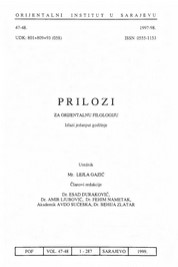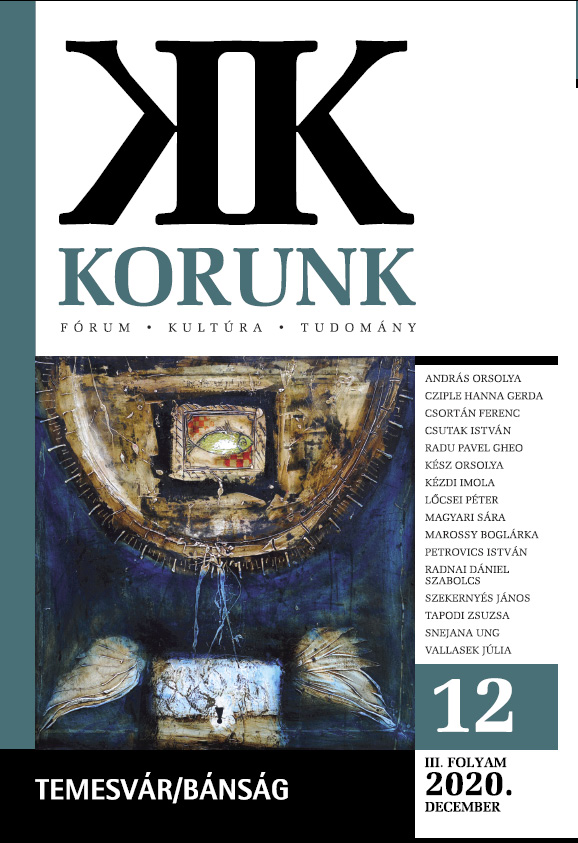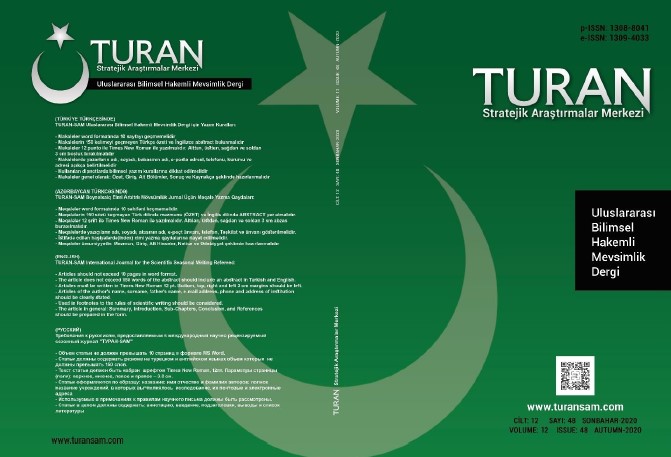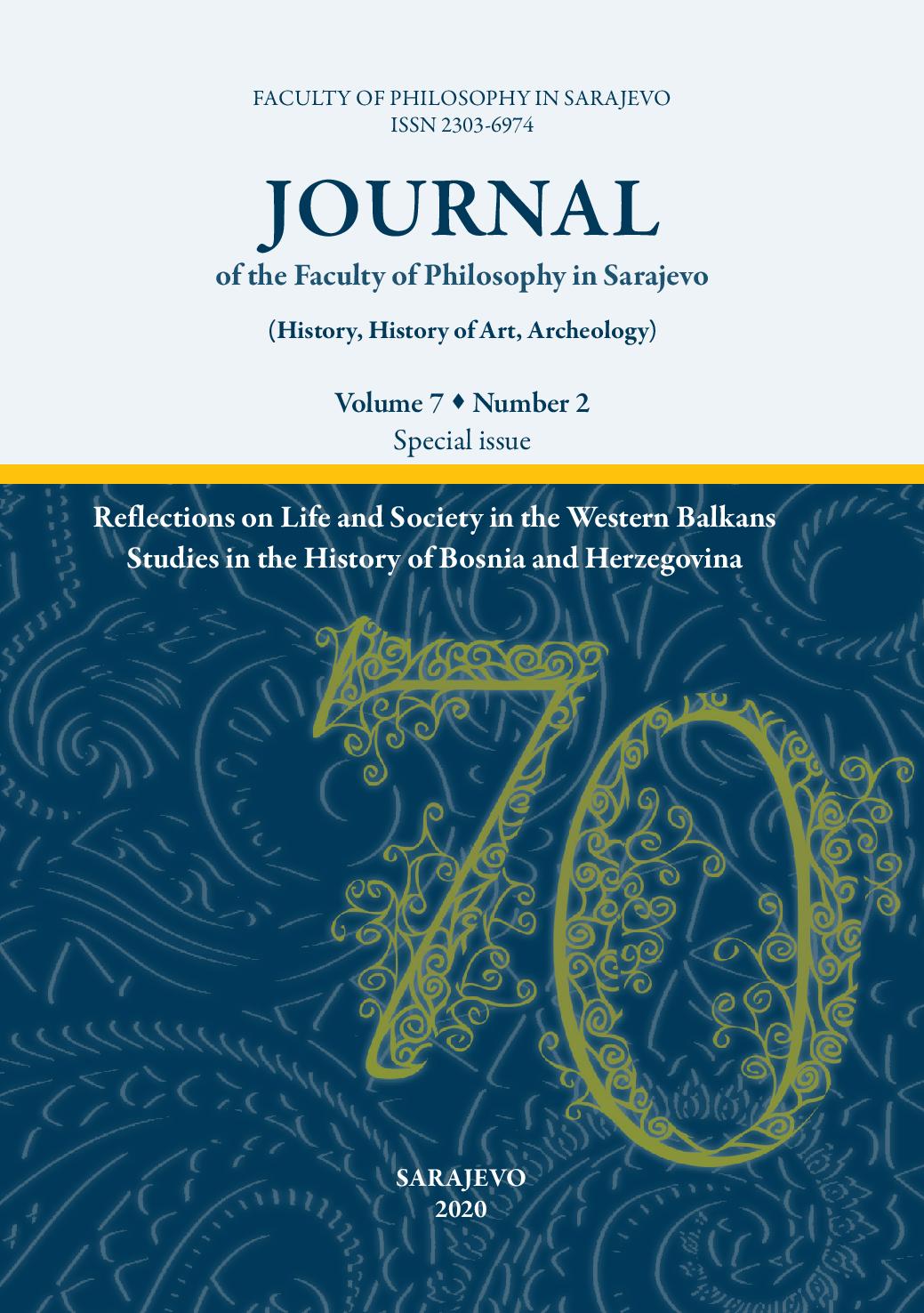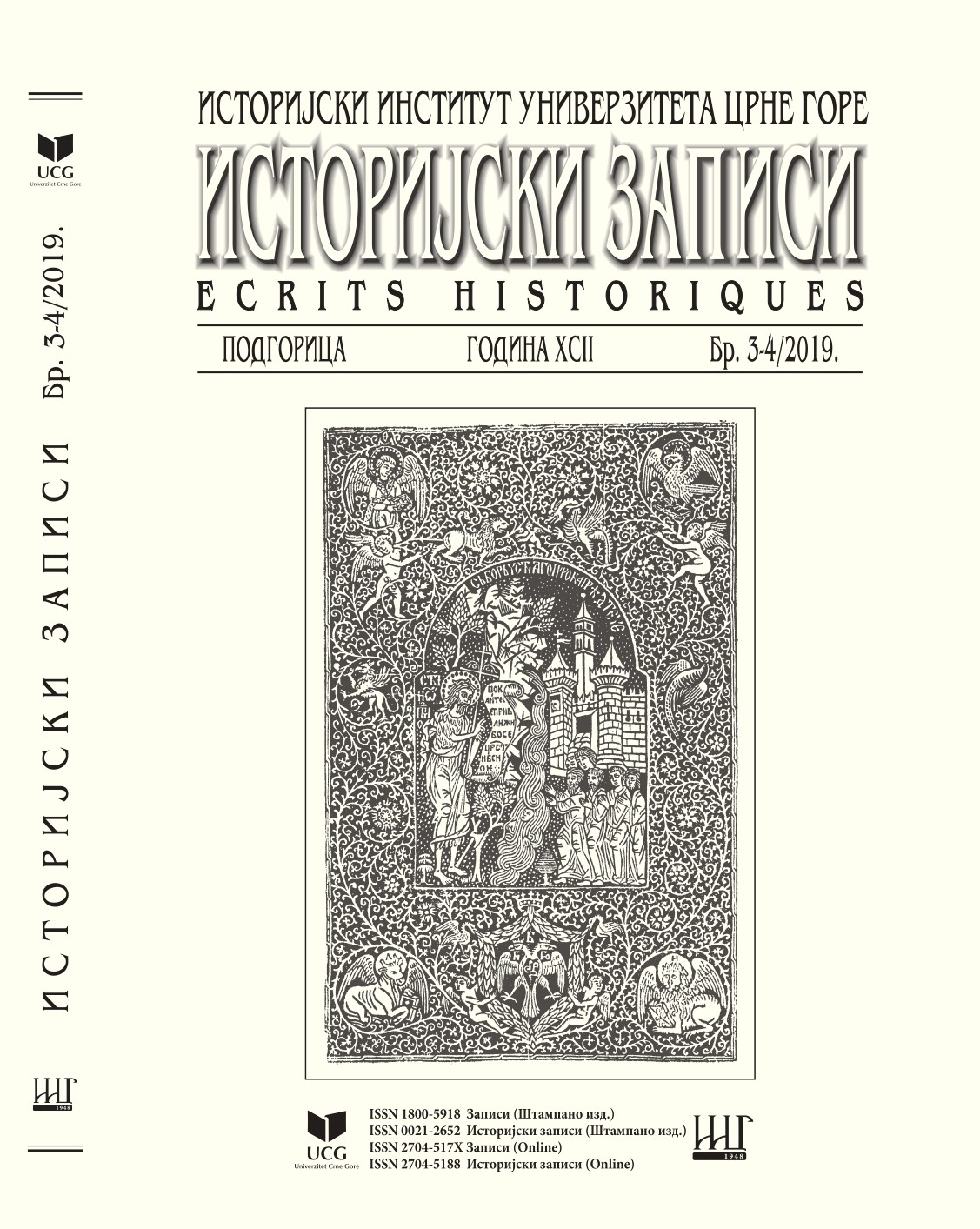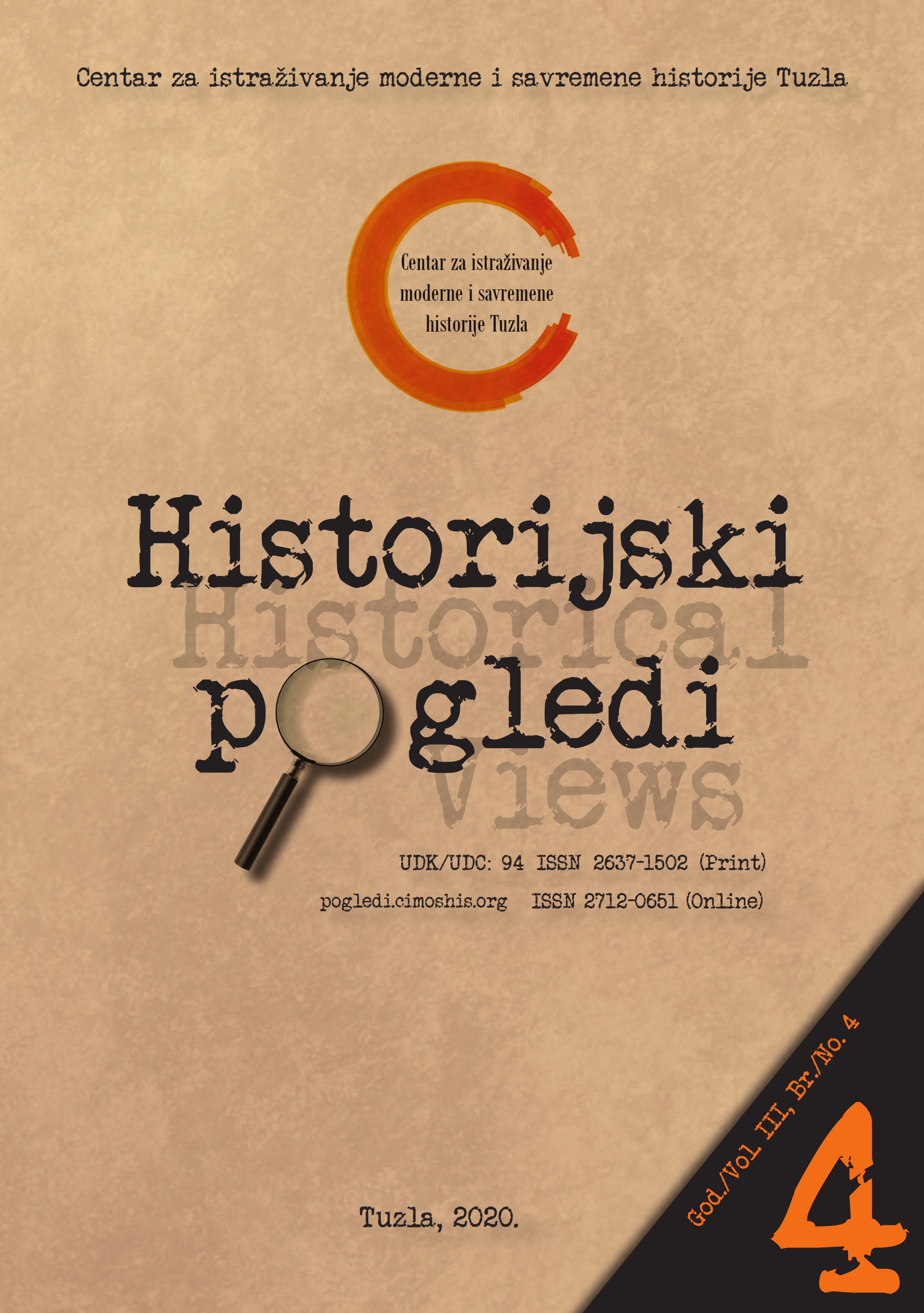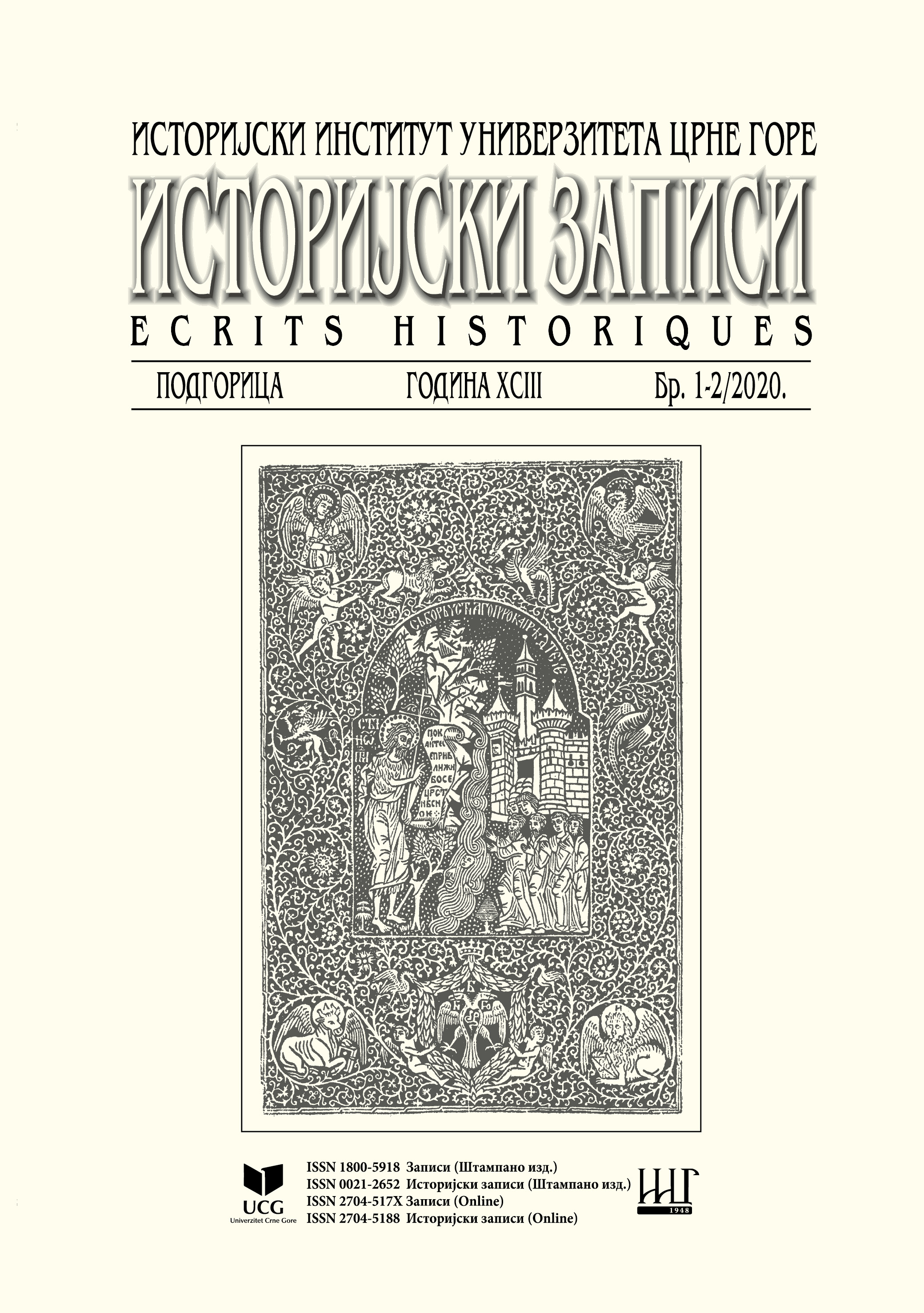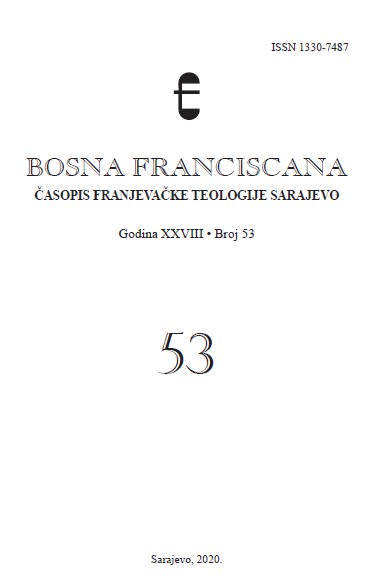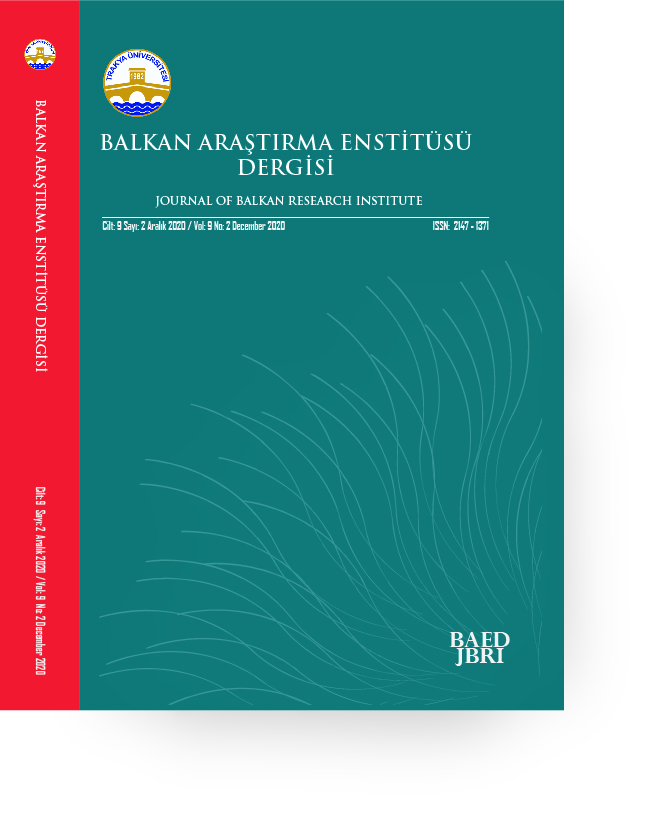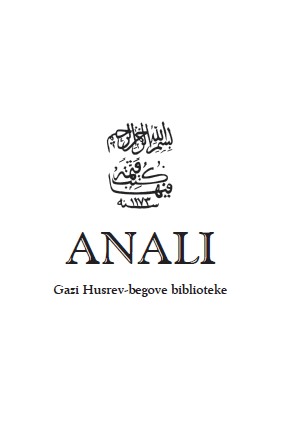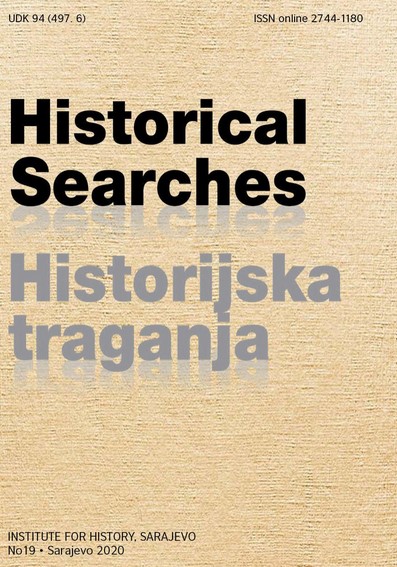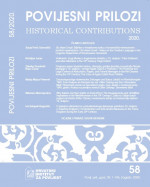Author(s): Mustafa Ateş,Abdullah Erdem Taş / Language(s): Turkish
Issue: 3/2020
The concubines, with whom the sultans lived a family life, were classified according to a certain hierarchy in the Harem. The first wives of the sultan and those who gave birth were called Kadınefendi. The other wives with a lower status than the Kadınefendi wives were called Ikbal Hanımefendi. According to Islamic law, marriage with a concubine is not like a marriage with a free woman. If a marriage is desired, the concubine must be freed. Until the 19th century, sultans did not marry their concubines for a few exceptions. In the 19th century, the legal status of concubines in the Ottoman Empire became controversial. The countries of origine changed when the Ottoman Empire was unable to conquer new territory. Consequently, the enslavement procedure of prisoners of war disappeared. Instead, Caucasian immigrants, who had to leave their homeland mainly due to the Russian attacks, gave their daughters to the Ottoman palace so that they would not suffer misery and could reach important positions in the future. Among these were orphans from poor families as well as those from noble Caucasian dynasties. Even though the young women in the palace were called concubines, at least some of them were free/Muslim persons. This meant, that they could not be enslaved according to Islamic law. Although there was no problem for those who served in the palace, a remarkable situation emerged for the would-be spouses of the sultan. Could a woman from a free and Muslim family be the sultan's wife without a marriage bond? Was the limitation of the Kadınefendi numbers to four (in times of Sultan Abdülaziz) due to the Islamic law principle, that a man could marry maximum four wives? Was there a marriage ceremony (nikāh) for Kadınefendi wives? What was the situation of the Ikbal? Satisfactory answers to these questions have not been given yet. However, there are no official records it was claimed that lately sultans married especially their concubines who were Abkhaz descendants and included them among their wives in this way, because they were free and Muslims. Thus, the matter whether Sultan Abdülhamid II's wives were concubines or wedded became the subject of some research today. Memoires claim that almost all of Sultan Abdülhamid's wives were free and of Muslim origin. According to this, it was said that the wives of Sultan Abdülhamid could not have the status of the concubine and that their relationship should have been by marriage. On the other hand, considering that a maximum of four women can be married according to Islamic law, the marriage of the Sultan, who had thirteen wives, raised juristic questions. This problem was most clearly seen in the inheritance case filed by his heirs after the death of Sultan Abdülhamid. In this case, where it was claimed that Sultan Abdülhamid was married to nine wives, no objection was made to that claim. In this study, information about the wives of Sultan Abdülhamid and their legal status was tried to be determined through the documents related to their salaries during the 2nd Constitutional Era. Besides, the issue of nine wedded women, which emerged in the case of Sultan Abdülhamid's inheritance, was evaluated in terms of fiqh (Islamic jurisprudence). Sultan Abdülhamid was never accused of marriages contrary to Islamic law by his opponents during and after his reign. From this point of view, it can be said that there was no situation contrary to Islamic law regarding the Sultan's harem at that time. This might be due to three possibilities: Firstly, some wives have concealed the truth in the court, which is the weakest possibility according to the data obtained. Secondly, the talaq (divorcement) was hidden by Sultan Abdülhamid and his wives were not aware of it. This possibility has been found to be problematic when evaluated in terms of Hanafi fiqh. Thirdly, the practice of al-nikāh al-tanazzuhī (marriage performed in order to avoid from fornication). Considering the correspondence between the state departments in the period starting with the 2nd Constitutional Monarchy and until the Republic, it is clear that the Kadınefendis were regarded as married wives (their number was limited to four), while the Ikbals were regarded as concubines. From this point of view, it is thought that the most plausible possibility is that the Ikbals were regarded as concubines and their marriages were al-nikāh al-tanazzuhī.
More...
